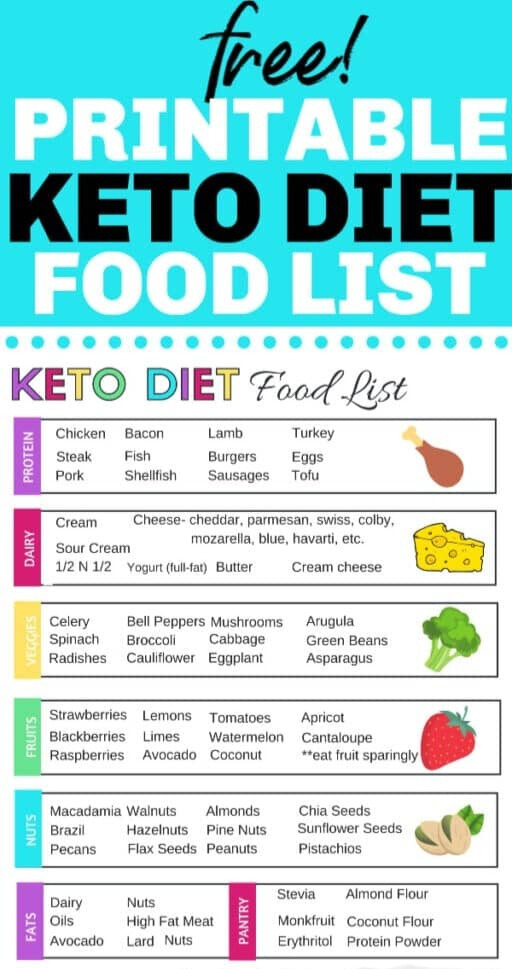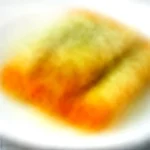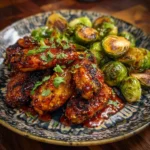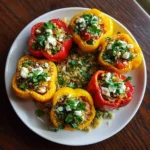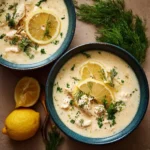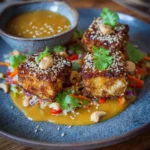The Ultimate Keto Diet Food List: A Comprehensive Guide to Keto-Friendly Foods
The ketogenic diet, commonly known as the keto diet, has gained immense popularity for its effectiveness in weight loss and overall health improvement. This low-carb, high-fat diet encourages the body to enter a state of ketosis, where it burns fat for fuel instead of carbohydrates. To help you navigate this dietary lifestyle, we’ve compiled an extensive, printable keto diet food list that covers all the essential food groups. Whether you’re a beginner or a seasoned keto enthusiast, this guide will provide you with the detailed information you need to stay on track.
Understanding the Keto Diet
Before diving into the food list, it’s crucial to understand the basics of the keto diet. The primary goal is to reduce carbohydrate intake significantly and replace it with healthy fats. This shift in macronutrient consumption forces your body to burn fat for energy, leading to weight loss and other health benefits such as improved blood sugar levels and enhanced mental clarity.
Protein: The Building Blocks of Keto
Protein is a vital component of the keto diet, but it’s essential to choose high-quality sources. Here’s a detailed list of keto-friendly protein options:
- Chicken: A versatile and lean protein source that can be prepared in numerous ways.
- Steak: Opt for grass-fed varieties to ensure higher nutrient content.
- Pork: Includes cuts like pork chops and tenderloin.
- Bacon: A keto favorite, but choose sugar-free options.
- Shellfish: Shrimp, crab, and lobster are excellent low-carb choices.
- Fish: Fatty fish like salmon, mackerel, and sardines are rich in omega-3 fatty acids.
- Lamb: A flavorful option that fits well within the keto guidelines.
- Sausages: Ensure they are low in carbs and free from fillers.
- Burgers: Use lettuce wraps instead of buns to keep it keto-friendly.
- Turkey: A lean protein that can be used in various dishes.
- Eggs: One of the most versatile and nutrient-dense foods.
- Tofu: A great plant-based protein option for vegetarians.
Dairy: High-Fat and Low-Carb Options
Dairy products can be a valuable part of the keto diet, provided they are high in fat and low in carbs. Here’s a list of keto-approved dairy products:
- Cheese: Varieties like cheddar, parmesan, Swiss, Colby, mozzarella, blue, and havarti.
- Sour Cream: Adds richness to dishes without adding carbs.
- Yogurt: Choose full-fat, unsweetened versions.
- Butter: Opt for grass-fed butter for added nutrients.
- Cream Cheese: Perfect for keto-friendly desserts and snacks.
Vegetables: Low-Carb and Nutrient-Rich
Vegetables are essential for providing vitamins, minerals, and fiber. However, not all vegetables are keto-friendly. Here’s a list of low-carb vegetables to include in your diet:
- Celery: A crunchy, low-calorie option.
- Bell Peppers: Adds color and flavor to your meals.
- Mushrooms: Versatile and low in carbs.
- Arugula: A peppery green that’s great in salads.
- Spinach: Packed with nutrients and low in carbs.
- Broccoli: A cruciferous vegetable that’s high in fiber.
- Cabbage: Perfect for stir-fries and salads.
- Green Beans: A low-carb alternative to other legumes.
- Radishes: Adds a spicy crunch to dishes.
- Cauliflower: A versatile vegetable that can be used as a rice substitute.
- Eggplant: Great for grilling and baking.
- Asparagus: A nutrient-dense vegetable that’s low in carbs.
Fruits: Enjoy in Moderation
While fruits are generally higher in carbs, some can be enjoyed in moderation on the keto diet. Here’s a list of keto-friendly fruits:
- Strawberries: Low in carbs and high in vitamin C.
- Lemons: Adds flavor without adding many carbs.
- Tomatoes: Can be used in salads and sauces.
- Apricots: Enjoy in small quantities.
- Blackberries: Low in carbs and high in antioxidants.
- Limes: Great for adding zest to dishes.
- Watermelon: Enjoy sparingly due to its higher sugar content.
- Cantaloupe: Another fruit to enjoy in moderation.
- Raspberries: Low in carbs and high in fiber.
- Avocado: A keto superfood rich in healthy fats.
Nuts and Seeds: Healthy Fats and Snacks
Nuts and seeds are excellent sources of healthy fats and make for great keto snacks. Here’s a list of keto-approved options:
- Macadamia Nuts: High in fat and low in carbs.
- Walnuts: Rich in omega-3 fatty acids.
- Almonds: A versatile nut that can be used in various dishes.
- Chia Seeds: High in fiber and omega-3s.
- Brazil Nuts: A good source of selenium.
- Hazelnuts: Adds a rich flavor to dishes.
- Pine Nuts: Perfect for pesto and salads.
- Sunflower Seeds: A great snack option.
- Pecans: High in fat and low in carbs.
- Flax Seeds: Rich in fiber and omega-3s.
- Peanuts: Enjoy in moderation.
- Pistachios: A tasty and nutritious snack.
Oils and Fats: The Heart of Keto
Healthy fats are the cornerstone of the keto diet. Here’s a list of oils and fats to include in your diet:
- Avocado Oil: High in monounsaturated fats.
- Coconut Oil: Rich in medium-chain triglycerides (MCTs).
- Lard: A traditional fat that’s making a comeback.
- Butter: Opt for grass-fed varieties.
- Olive Oil: A staple in the Mediterranean diet.
Sweeteners: Keto-Friendly Options
Traditional sugar is a no-go on the keto diet, but there are several low-carb sweeteners you can use:
- Stevia: A natural sweetener with zero calories.
- Monkfruit: Another natural sweetener that’s keto-friendly.
- Erythritol: A sugar alcohol that doesn’t spike blood sugar levels.
Conclusion
The keto diet can be a highly effective way to achieve your health and weight loss goals, but it requires careful planning and attention to detail. By using this comprehensive keto diet food list, you can ensure that you’re consuming the right types of foods to stay in ketosis and reap the benefits of this dietary approach. Remember to consult with a healthcare professional before starting any new diet, especially if you have underlying health conditions.
